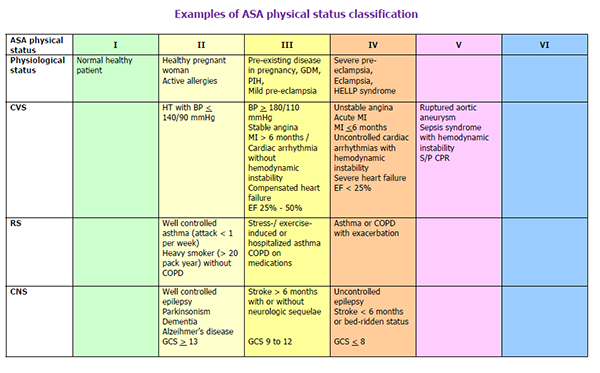
These results should not be used as an excuse not to intubate cats, as it is still fundamental to secure airways. Their airways are smaller and sensitive to trauma, spasms, and edema, compared to other species. An audible signal should be heard.Įndotracheal intubation of cats has been reported as being a risk factor for mortality.

Therefore, it is highly recommended to have dedicated staff to monitor anesthesia and to use at least a pulse oximeter, a capnograph, an ECG, a pressure monitor and a thermometer. Hypotension is also a risk factor for mortality in human medicine. Human medicine studies also showed that the use of a capnograph with a pulse oximeter could prevent up to 93% of complications during anesthesia. One study reports that patients that have pulse and pulse oximetry monitoring are 5 times less likely to die than patients without any monitoring. Additionally, they often have comorbidities that can interfere with anesthesia. Even if age in itself is not a disease, elderly patients have decreased physiological reserve therefore, cannot compensate for the effects of anesthesia as well as a young healthy patient.

Gastric dilatation and volvulus, respiratory distressĮlderly patients are more at risk, independently of their physical status. Shock, multisystemic insufficiency, sepsis, severe traumaĪ patient that needs anaesthesia in emergency, without enough data to allow ASA status classification Uraemia, toxaemia, severe dehydration and hypovolemia and congestive heart failureĪ moribund patient who is not expected to survive without procedures in the next 24h
#WHAT IS ANESTHESIA RISK 2 FOR DOGS SKIN#
Skin tumor, fracture, non-complicated umbilical hernia, and localized infection.Ī patient with severe systemic disease that limits normal functionįever, dehydration, anaemia, cachexia and mild to moderate hypovolemiaĪ patient with severe systemic disease that is a constant threat to life The risk is also higher for patients that are anesthetized for emergency after hours of procedures, when the staff is tired and/or in insufficient number, and the patient is usually not completely stabilized.Ī patient with mild systemic or localized disease, that does not limit normal function One known example is when cats wake up blind from anesthesia because a mouth gag left opened too wide stopped cerebral circulation ischemia.Ī patient with an ASA status above 2 is 10 times more at risk and should get more attention during anesthesia, or could even be referred to a specialist. Because the patient cannot protect himself when anesthetized, operation and manipulation can also put the patient’s life in danger. The complexity of the surgery in itself is not a factor in the ASA physical status however, it is necessary to understand what the risks of the surgery are for the patients too, especially regarding blood loss and length of the procedure. It is used to learn how the health of the patient can alter anesthesia. The ASA (American Society of Anesthesiology) physical status table is a tool used to evaluate whether a patient is healthy, on a scale of 1 to 5 (see table 1). During those periods, vigilance is usually increased, allowing the team to react before complications can be harmful. It does not mean that induction and recovery are not a risk for the patient.

Only 6-8% of deaths occur during induction. However, the vast majority of deaths occur during the post-operative recovery period (50-60% of deaths in the first 48 hours after anesthesia/surgery and most of them, within 3 hours post-anesthesia) and maintenance of anesthesia (30-40%).

The induction of anesthesia and the immediate recovery period are typically considered at risk for the patient. Commonly reported risk factors for death include poor health status (ASA), age, poor monitoring, endotracheal intubation, and possible breed association. It is also important to consider that the risk of death is the same for sedation and general anesthesia. Overall, for healthy dogs and cats, the mortality rate is approximately 0.05 to 0.1% and is probably around 1-2% for sick dogs and cats. Numerous studies have reported different mortality rates in veterinary medicine.


 0 kommentar(er)
0 kommentar(er)
